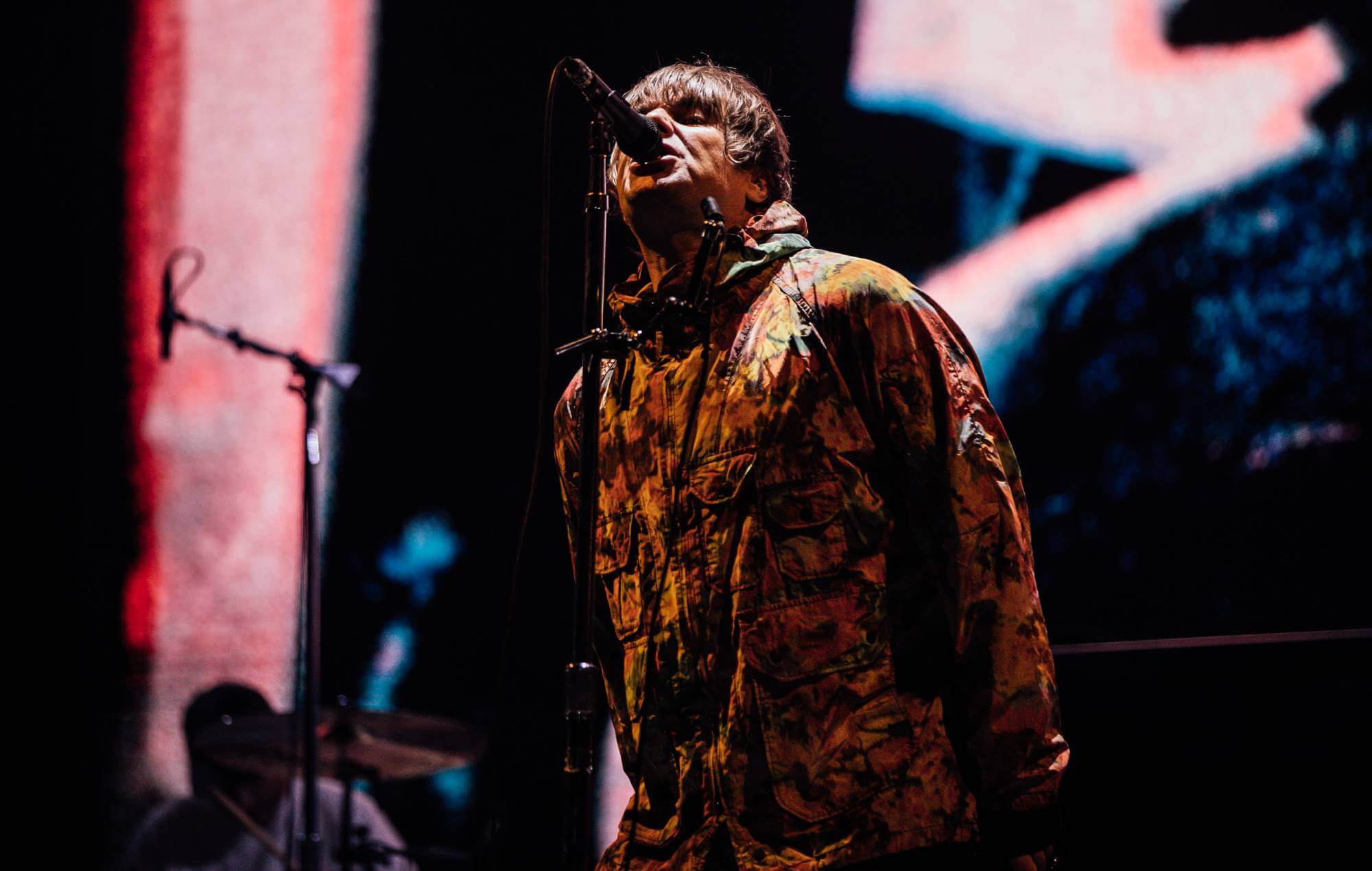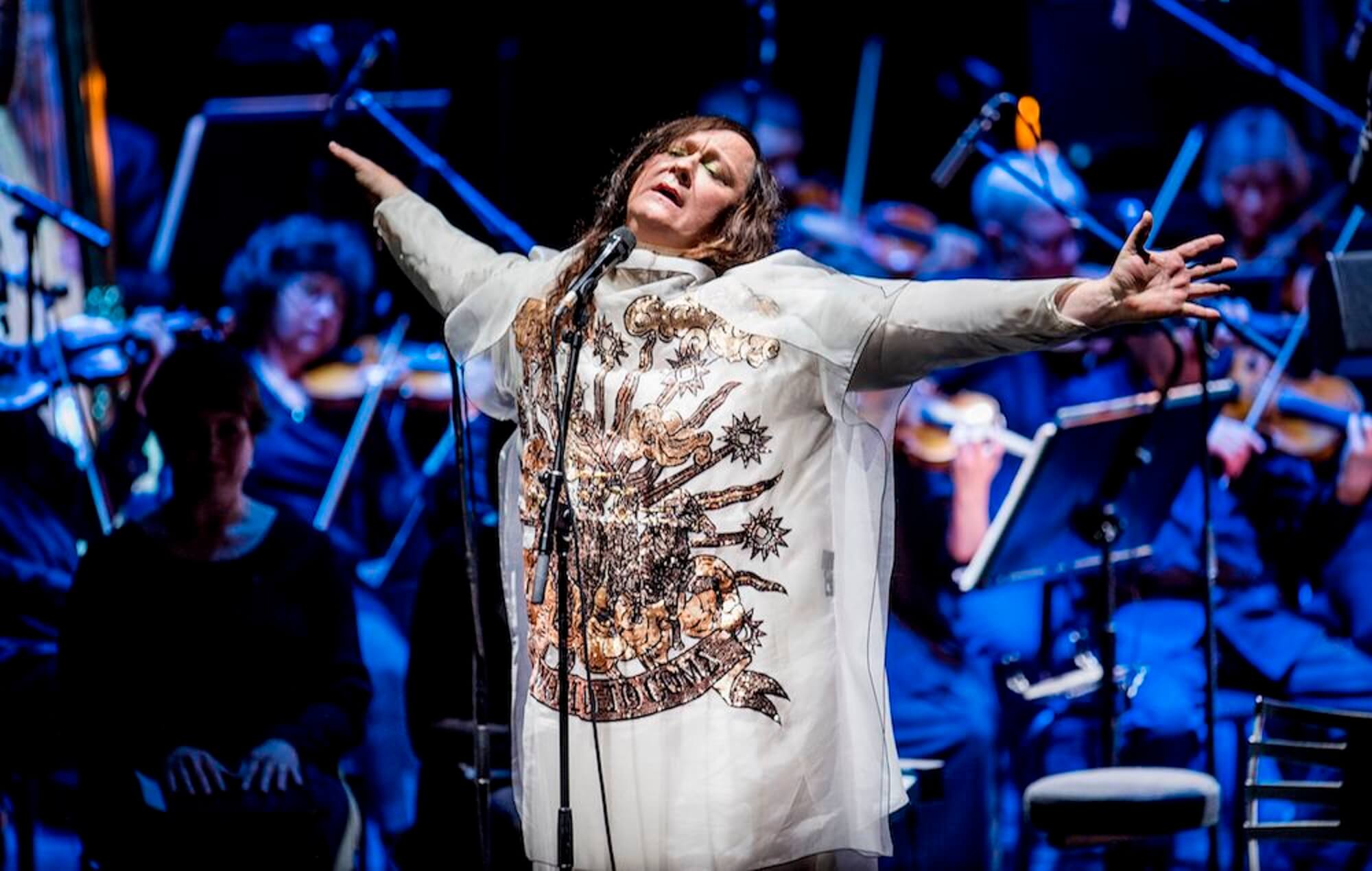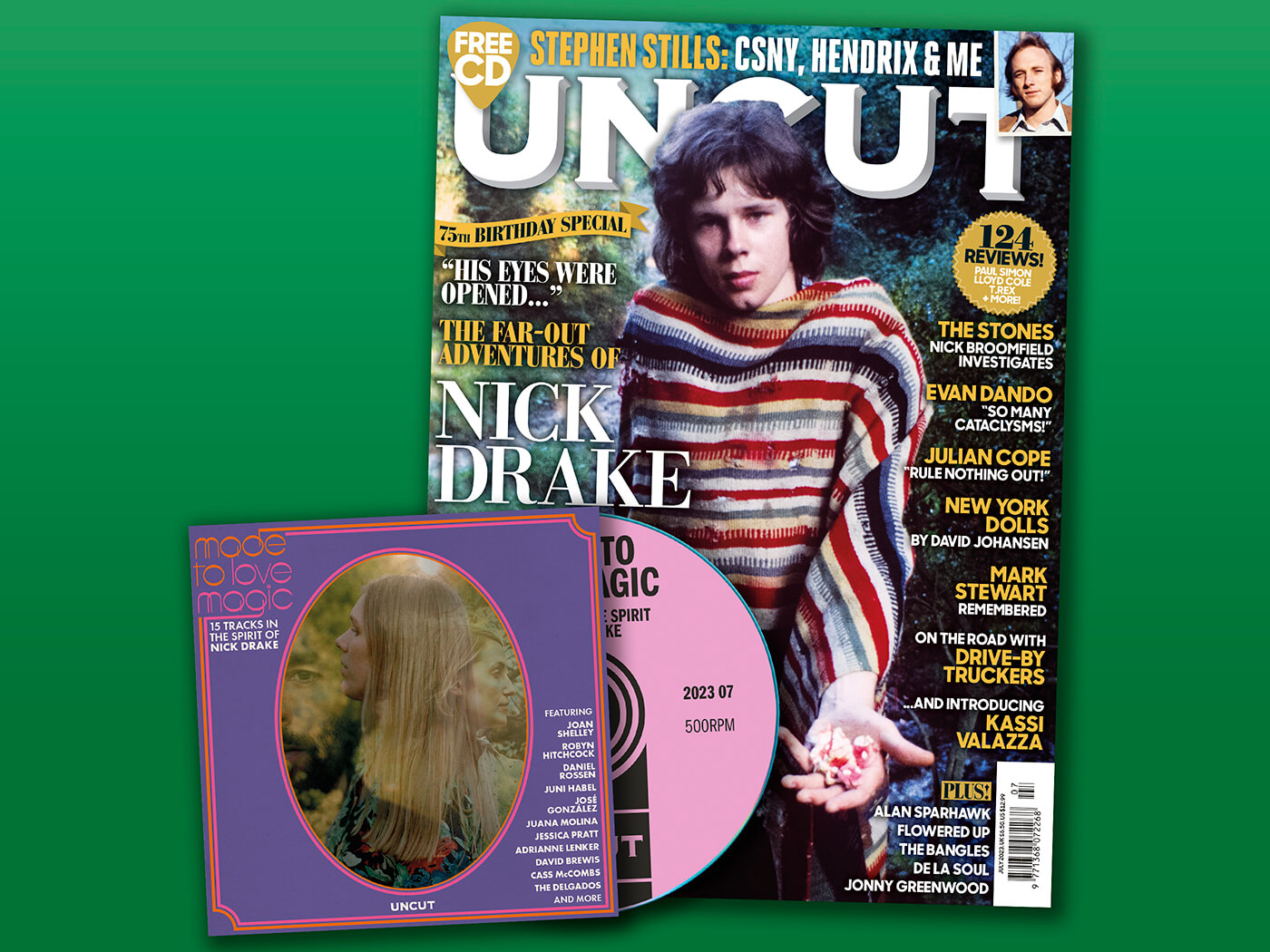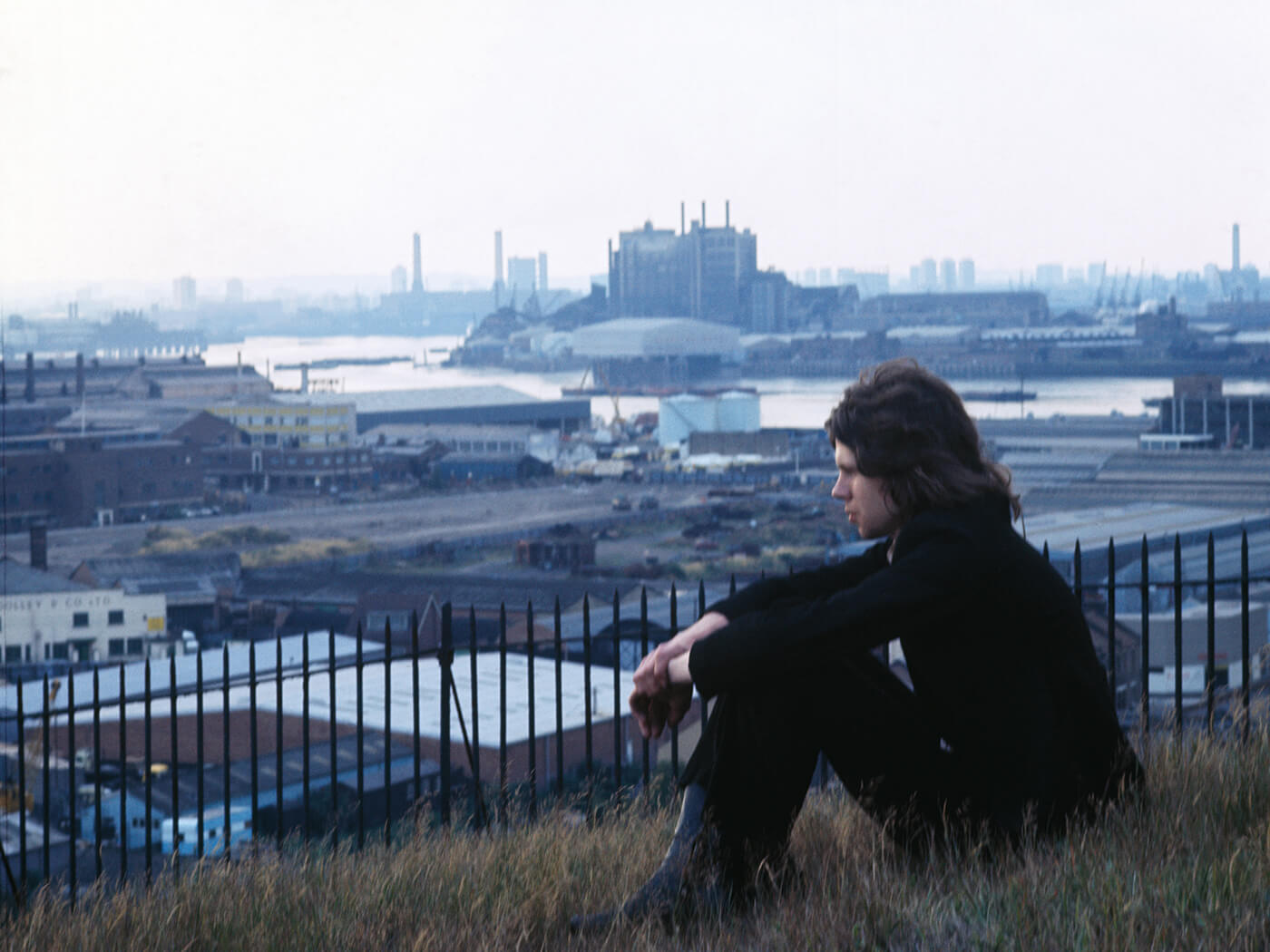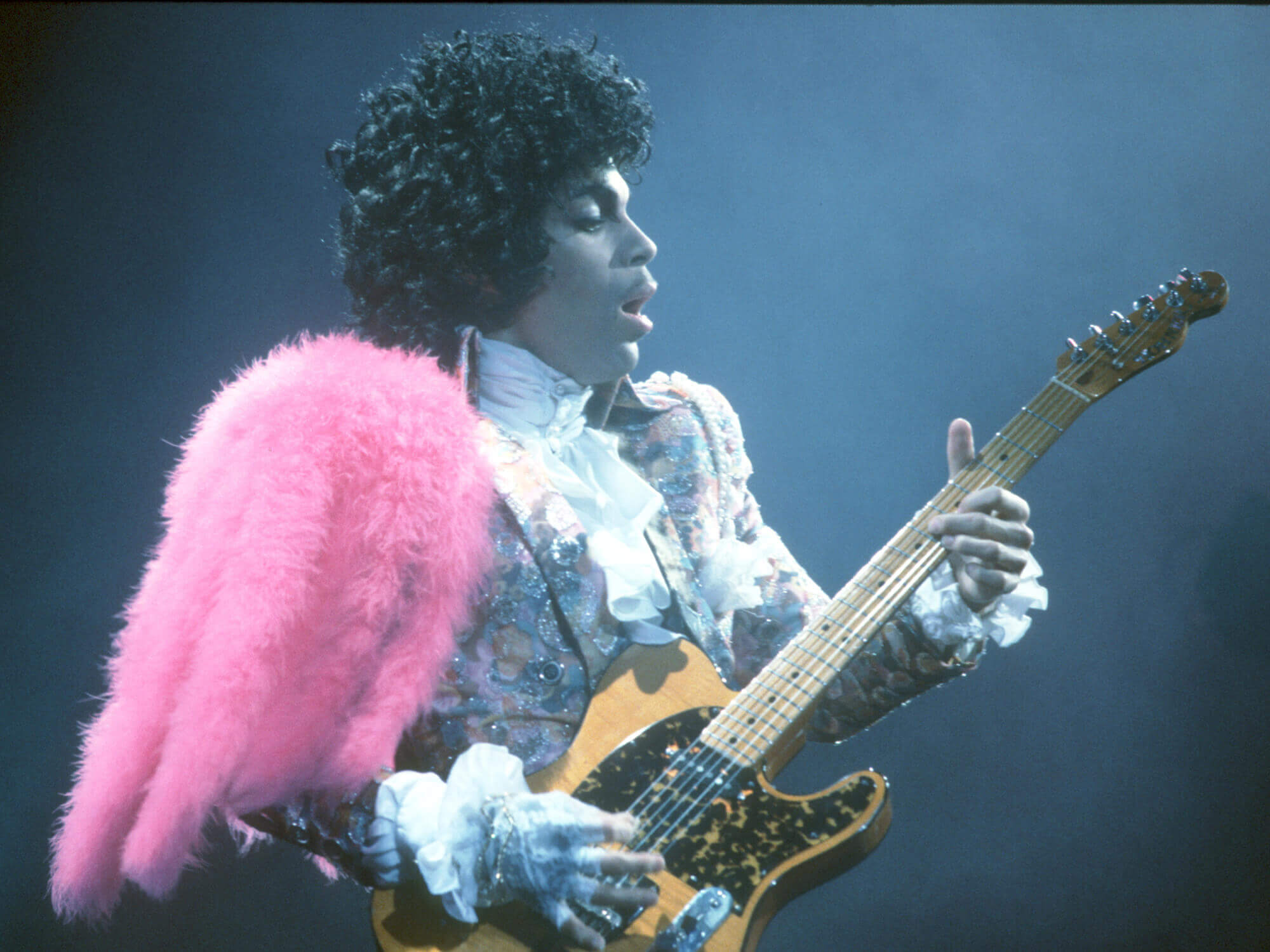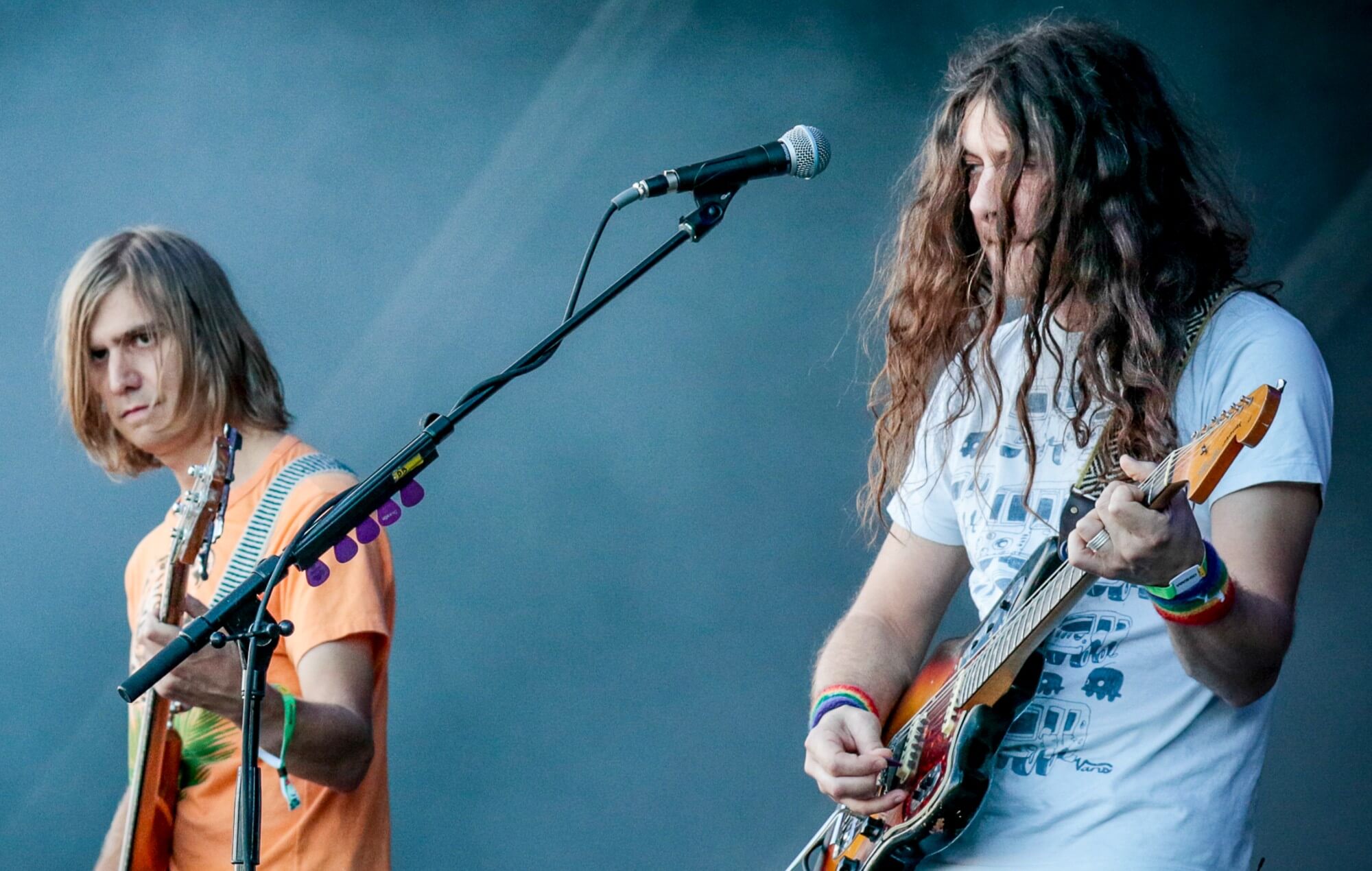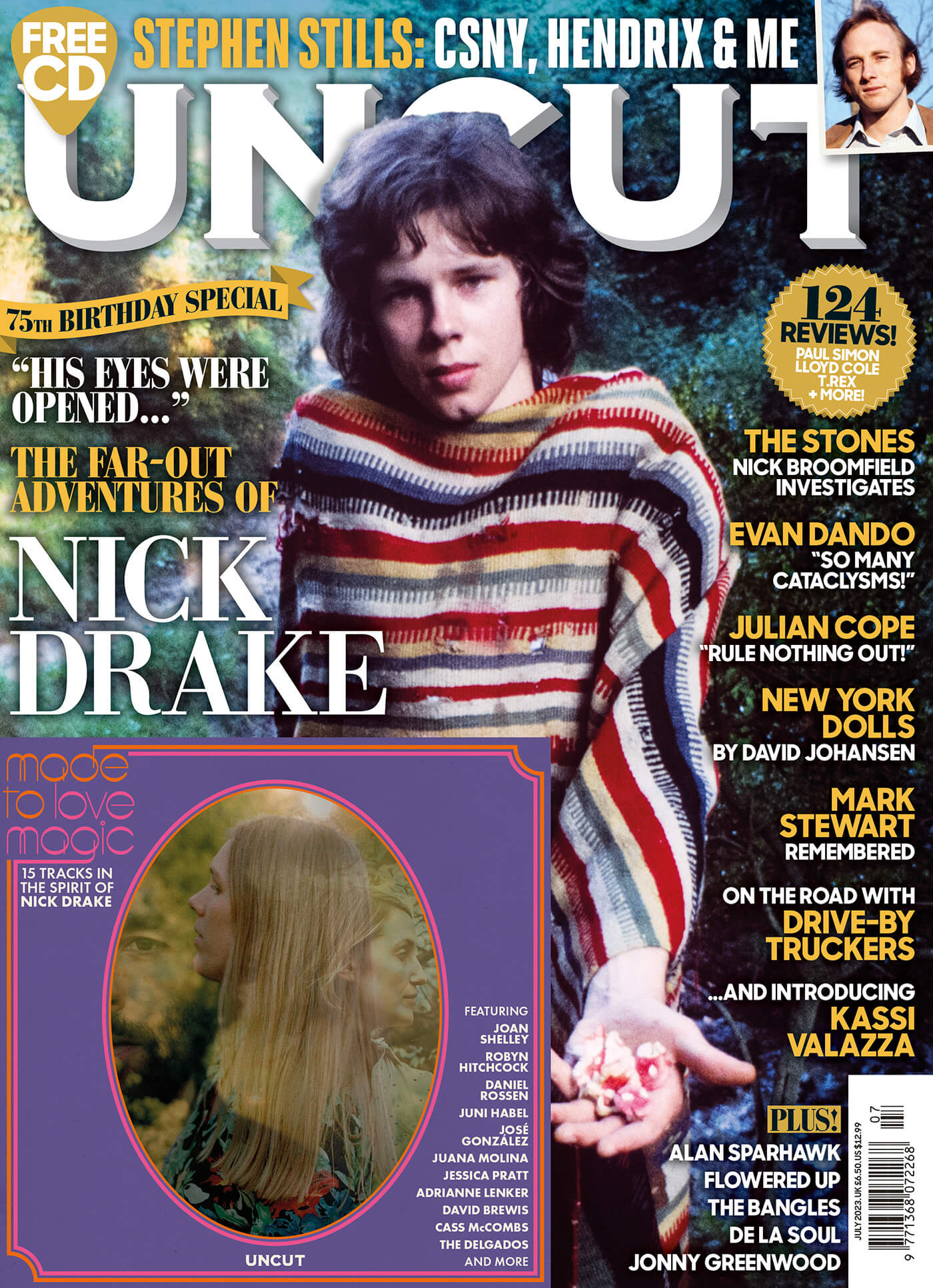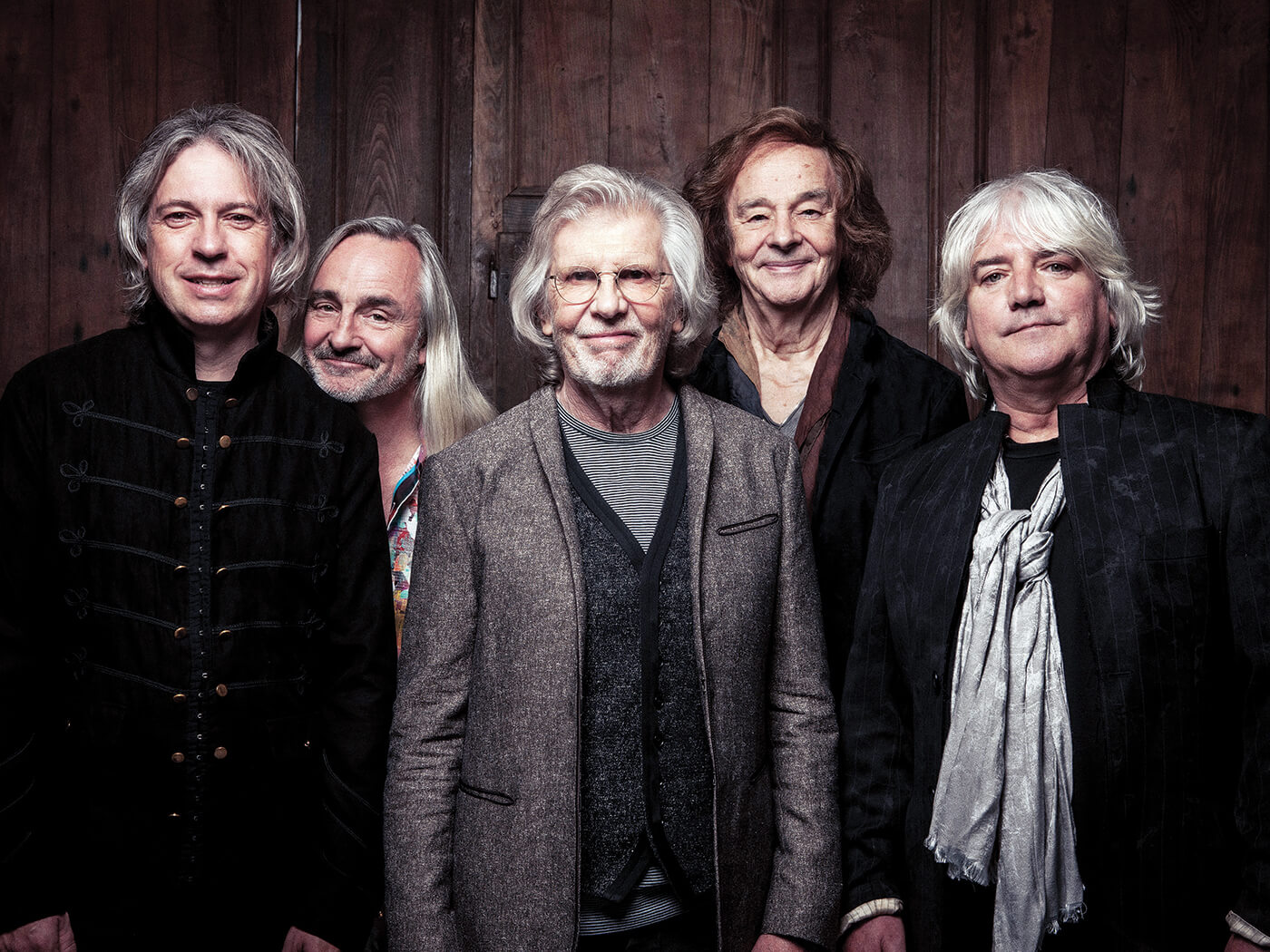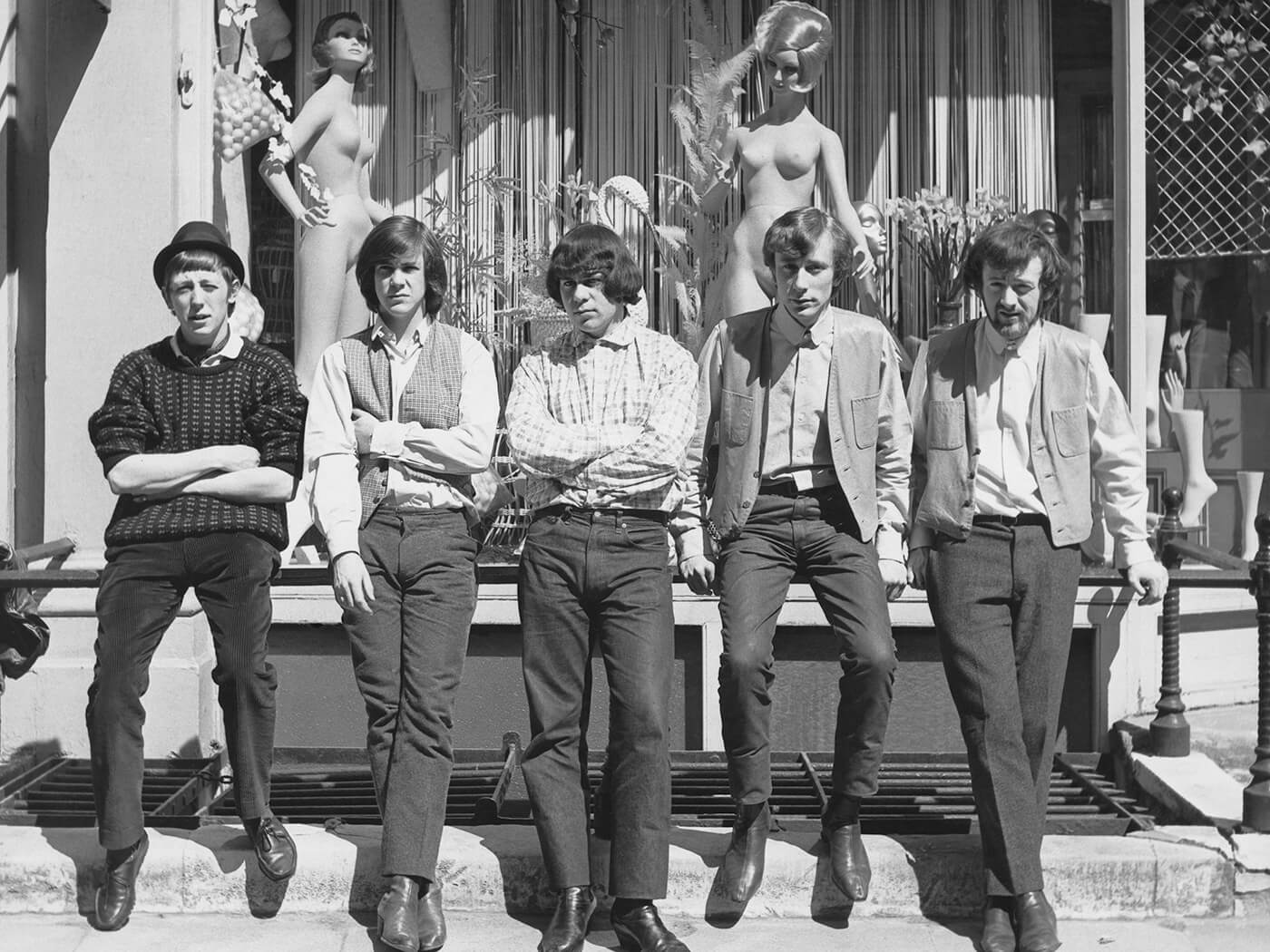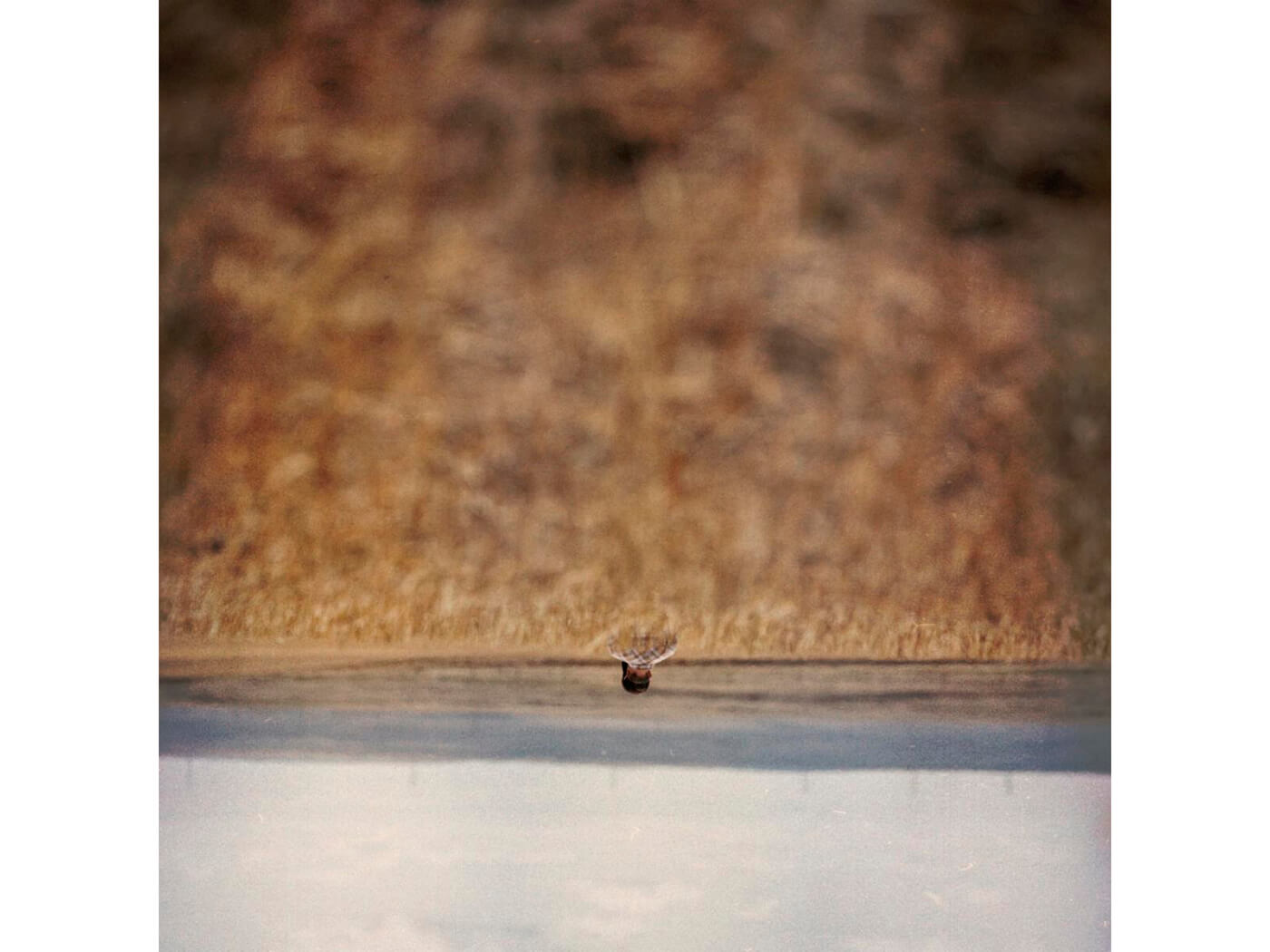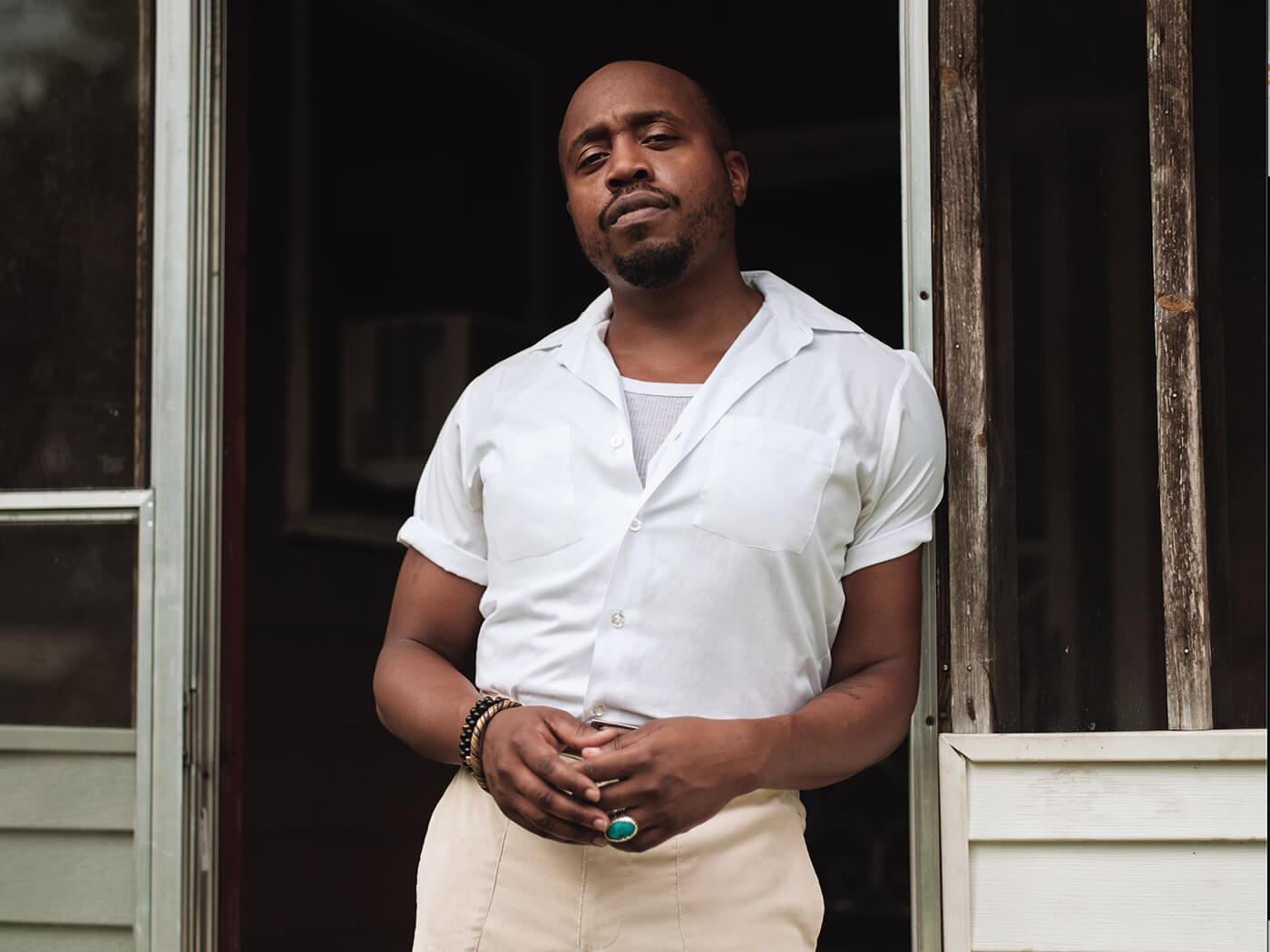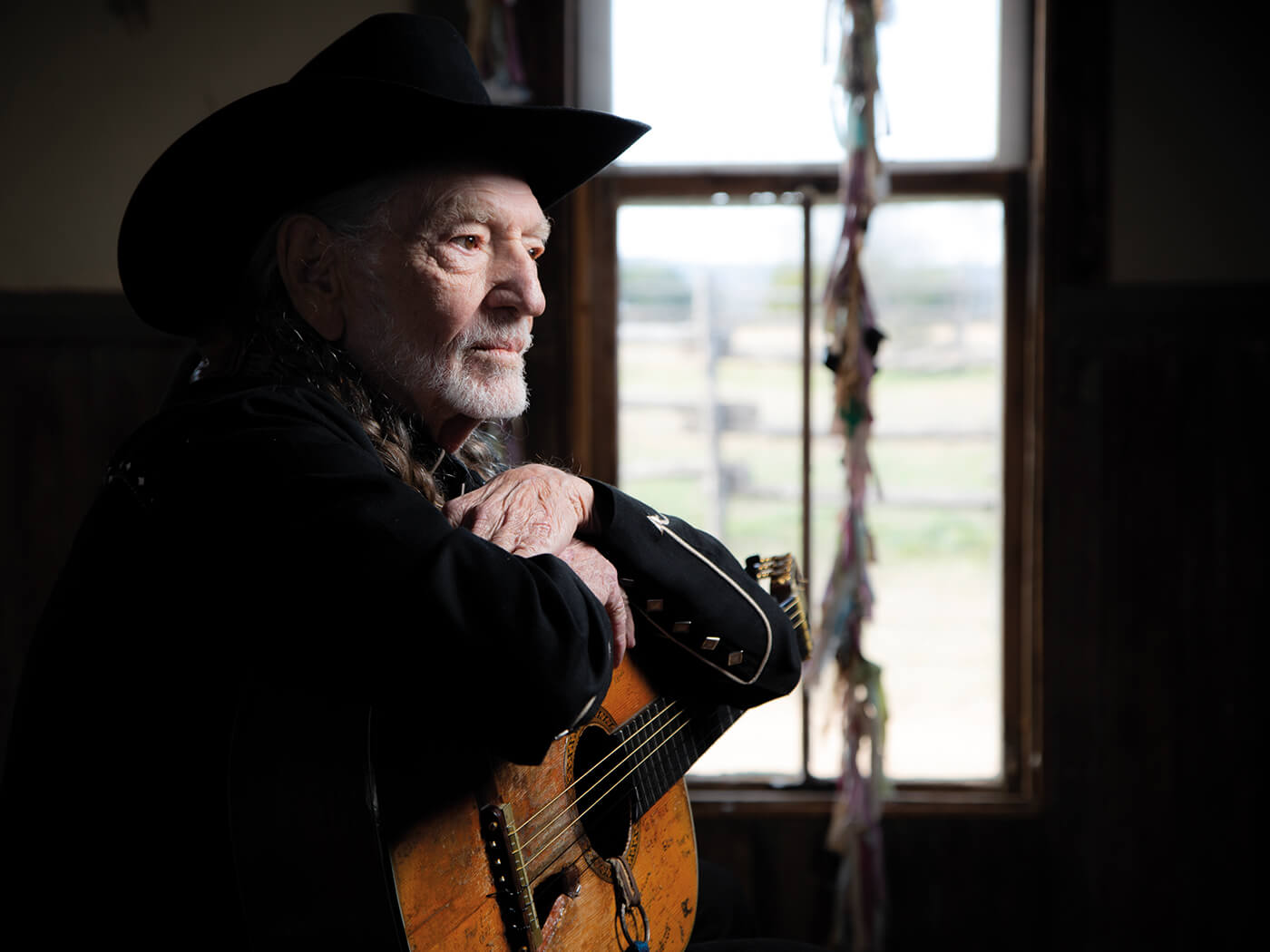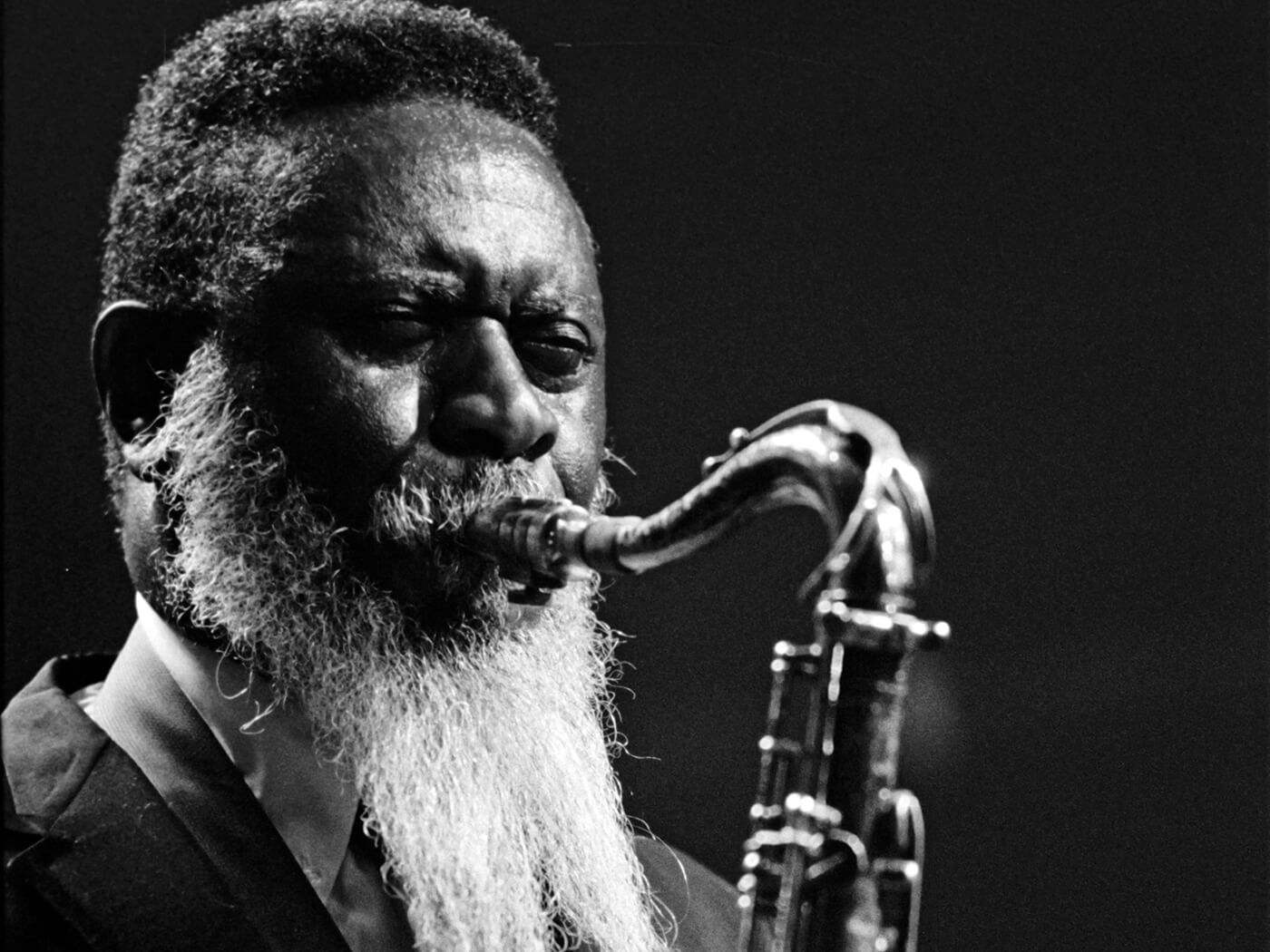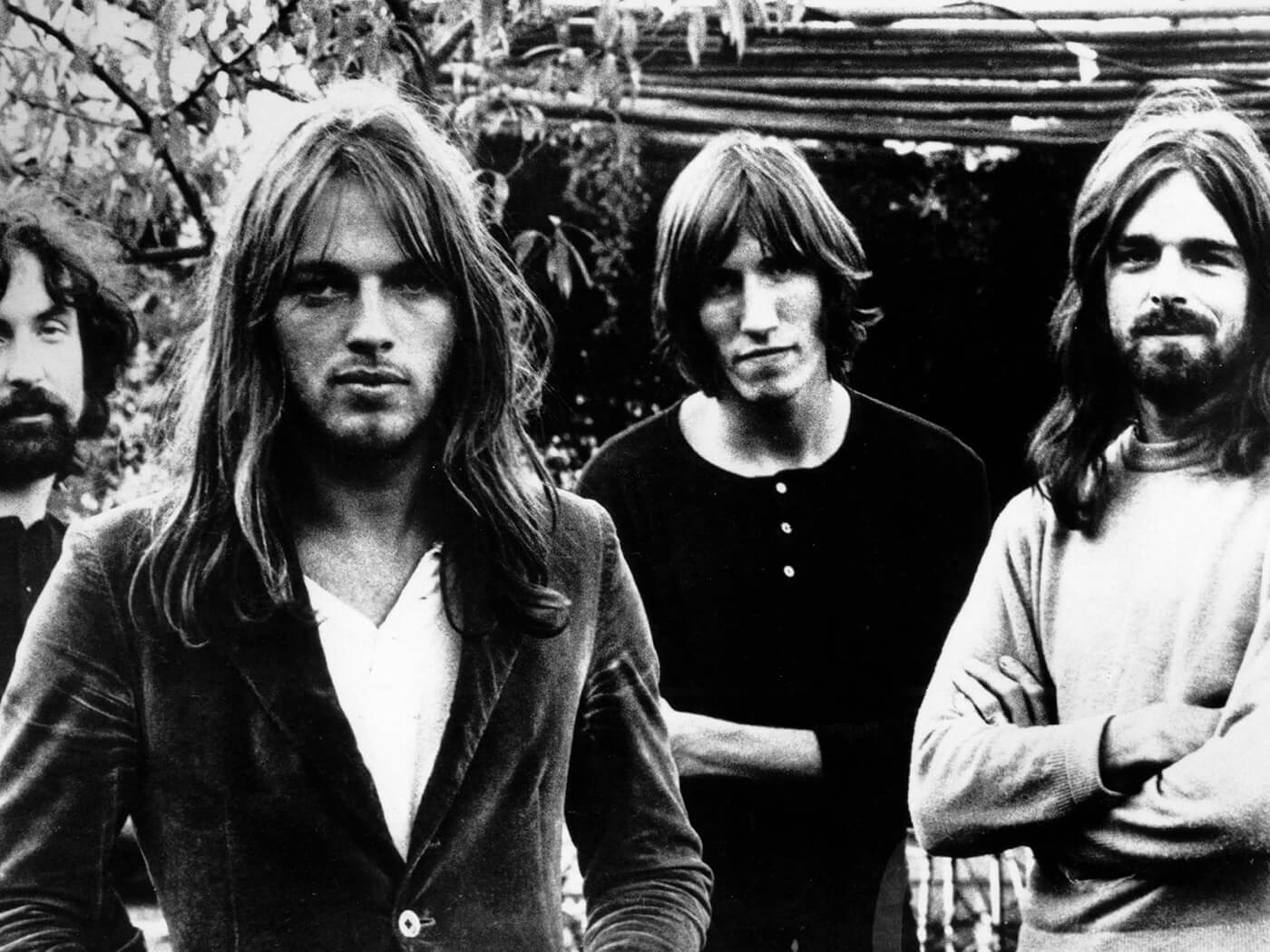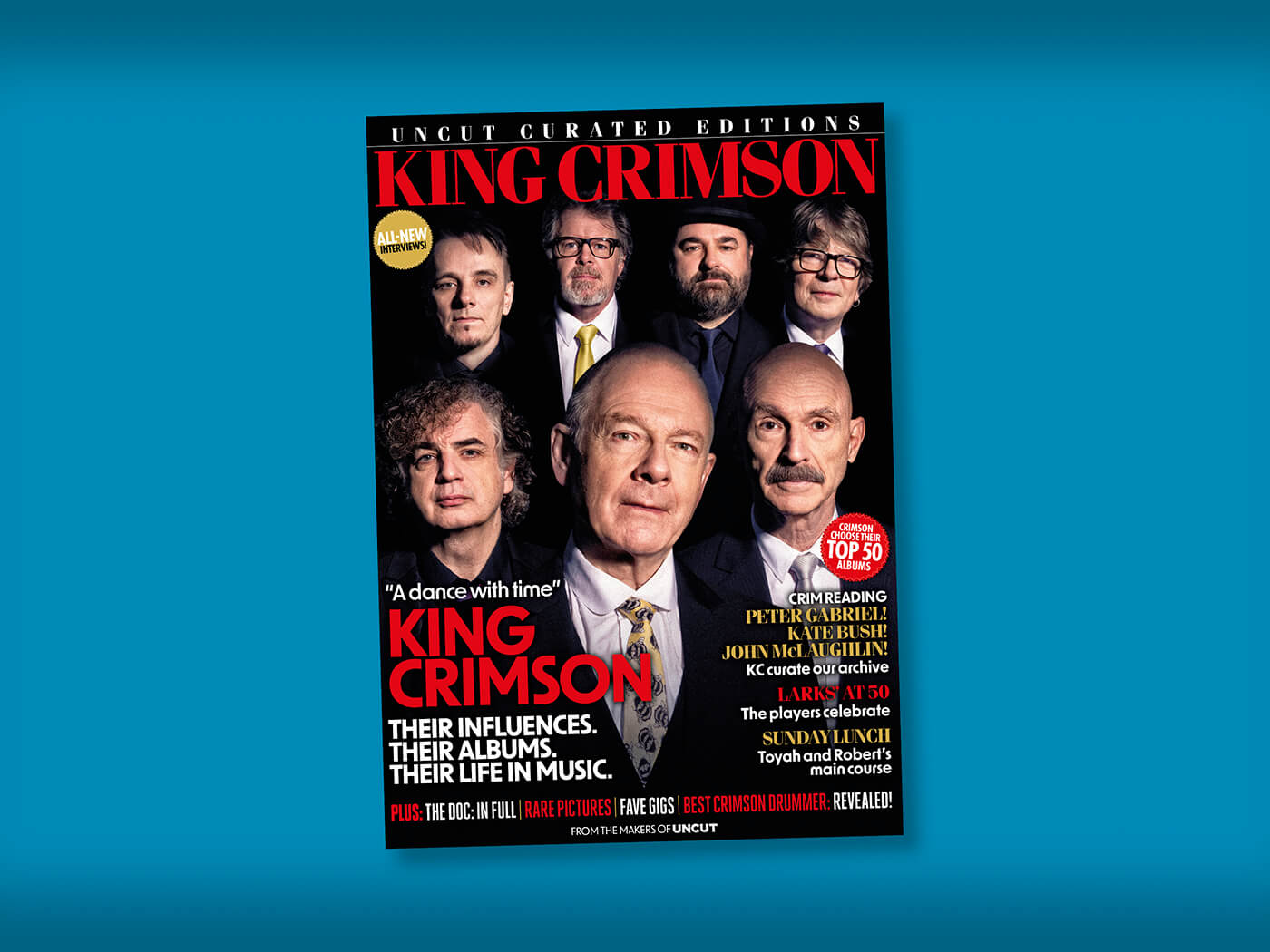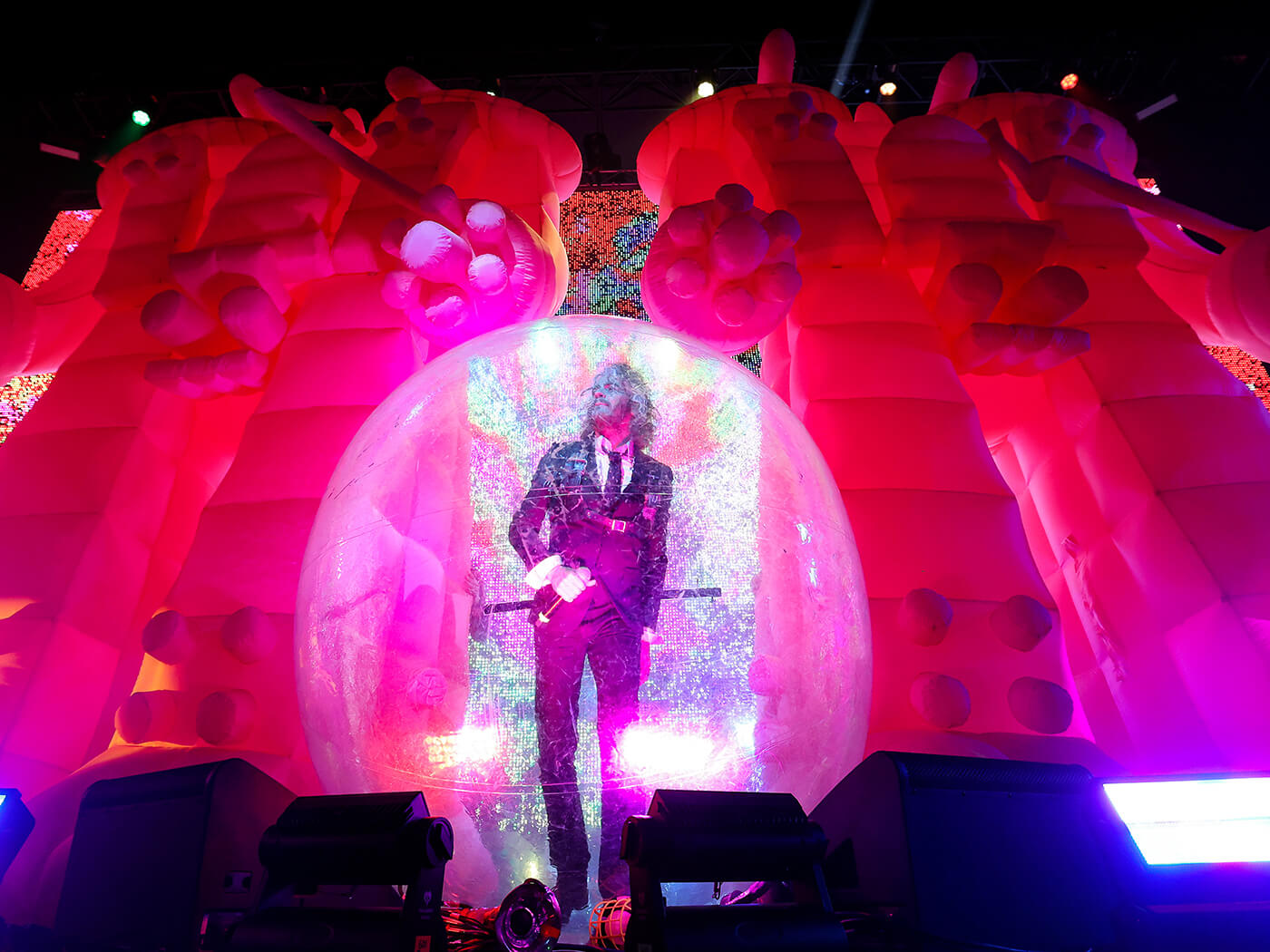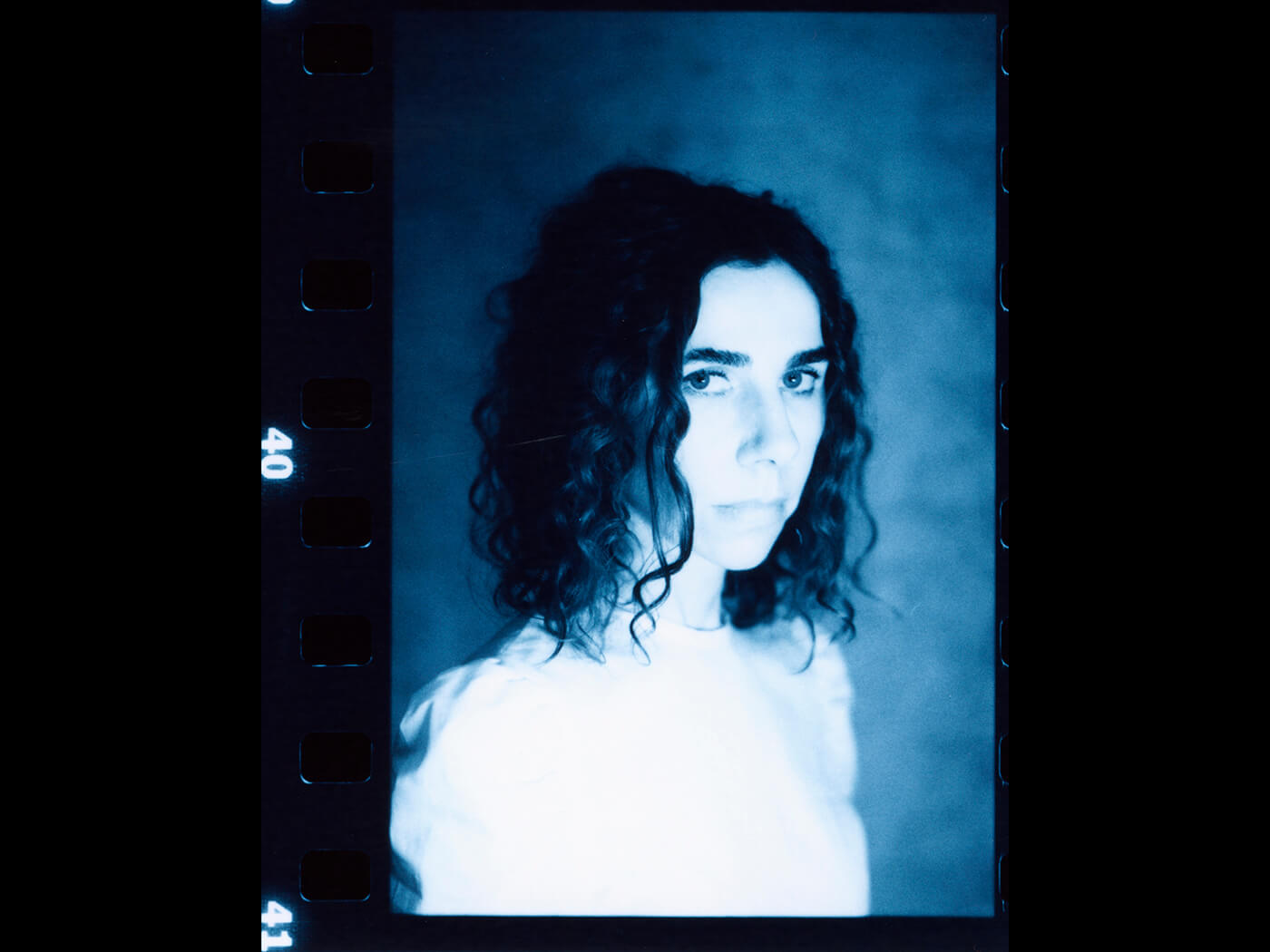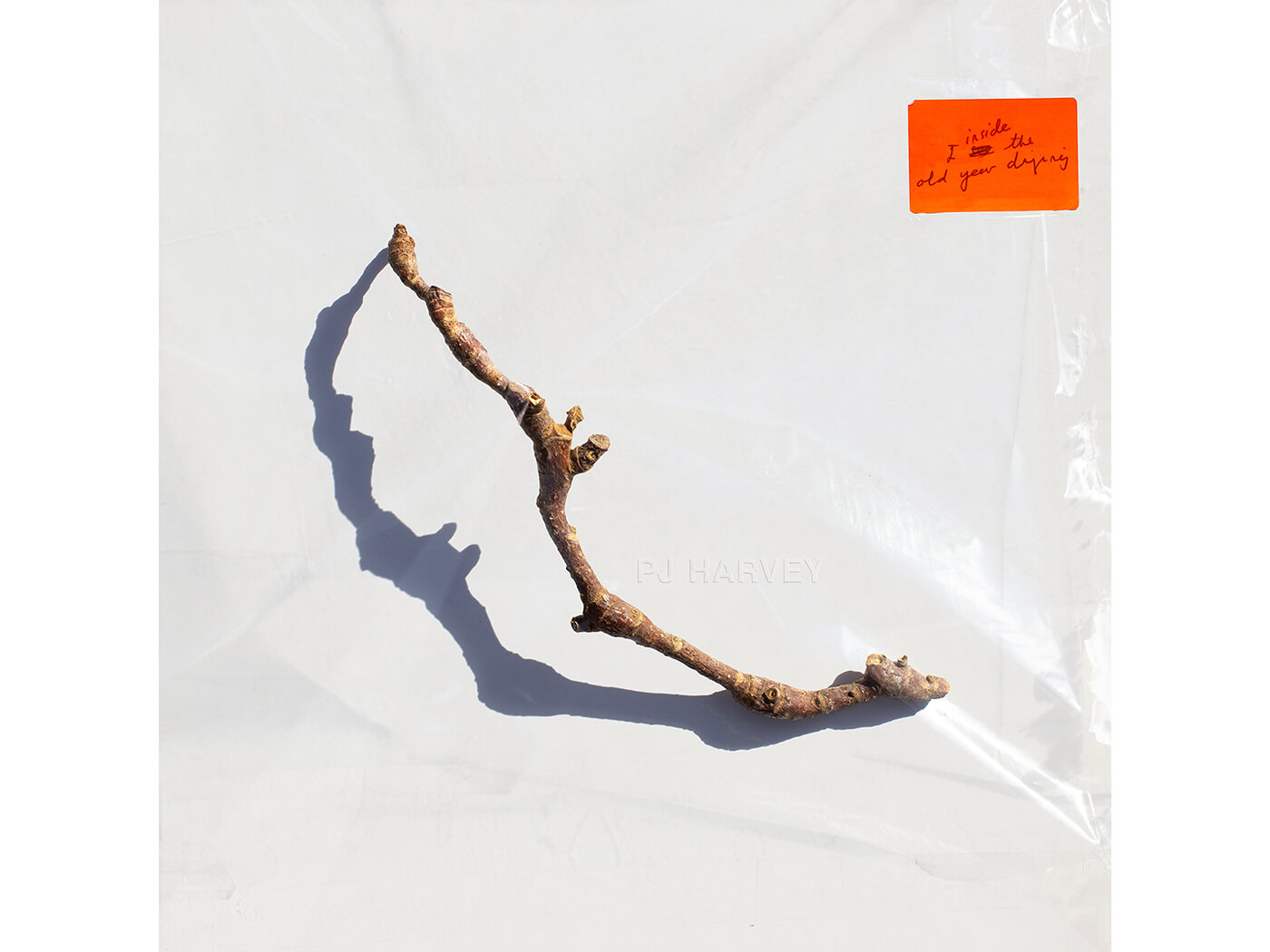Liam Gallagher has told fans that he wants to celebrate 30 years of Oasis’ debut album, Definitely Maybe, by performing the tracklist in full. ORDER NOW: Nick Drake is on the cover of the latest issue of Uncut READ MORE: Looking back on Oasis’ Definitely Maybe The singer-songwriter an...
Liam Gallagher has told fans that he wants to celebrate 30 years of Oasis’ debut album, Definitely Maybe, by performing the tracklist in full.
- ORDER NOW: Nick Drake is on the cover of the latest issue of Uncut
- READ MORE: Looking back on Oasis’ Definitely Maybe
The singer-songwriter announced his intentions on social media earlier yesterday (May 11), telling fans that they can expect to see him hitting the stage soon in celebration of the album’s anniversary.
Definitely Maybe was the first full-length LP from the iconic Brit-pop band, which he founded with his brother Noel, and 2024 will mark three decades since it was first released.
According to Gallagher, he not only intends to perform fan favourites including “Rock ‘N’ Roll Star”, “Live Forever” and “Supersonic” at live shows, but wants to play the album in its entirety and in the official order of the track listing.
“As it’s 30 years since [Definitely Maybe] was released nxt year I’m gonna be playing the album from start to finish in its original order at a few BIBLICAL venues,” he wrote on Twitter.
Although it isn’t yet clear what “biblical” venues the vocalist is referring to, it can be expected that wherever he chooses is likely to sell out, as fans have been persistently calling for an Oasis reformation in recent years.
As it’s 30 years since DM was released nxt year I’m gonna be playing the album from start to finish in it’s original order at a few BIBLICAL venues LG x
— Liam Gallagher (@liamgallagher) May 11, 2023
If the live shows do come to fruition, they will not be the only way that the members are planning on celebrating the milestone. Last month, bandmate Noel Gallagher confirmed that the band would be honouring 30 years of the breakthrough LP by sharing an anniversary reissue.
Alongside new artwork and the original tracks, the forthcoming reissue will also feature previously-unreleased songs – recorded at the same time that the album was made – as well as demo versions of their most famous hits.
According to the High Flying Birds frontman, this will specifically include acoustic versions of fan favourites including “Live Forever”, “Slide Away” and “Supersonic”.
In the run-up to the anniversary, numerous Oasis fans were hopeful that the band may reunite and perform a tour in honour of the milestone. These hopes were fuelled by the on-and-off approach the members had towards reforming.
Back in 2020 for example, Liam claimed in an NME cover interview that an Oasis reunion was on the cards, and set to happen “very soon”. Additionally, earlier this year, brother Noel also explained that he would be open to the concept, and confirmed that he would “never say never” to a reunion.
However, following a new wave of hostility between the members — including Liam accusing Noel of doing “a lot of damage” to Oasis’ brand — these hopes were soon quashed. Upon announcing the 2024 reissue, Noel confirmed a full band reunion was off the cards. “There won’t be a tour,” he said. “We won’t come back to play them together.”
In other Oasis news, the band’s former guitarist Paul “Bonehead” Arthurs weighed in his thoughts on a potential reunion, and said that he is supportive of the idea because of how much it would mean for younger generations.
“Some days you wake up and think ‘Nah, there’s no need for it. It’s been done’. But when I’m on stage with Liam Gallagher as a solo artist, and I come out and we play ‘Rock ‘N’ Roll Star’, the place erupts. People are bouncing higher and harder than they did at some of the gigs back in the day,” he said on Radio X.
“I look at that first ten rows when I’m playing an arena with Liam, and they’re like 16 or 17 years of age. These people weren’t even born until well into Oasis’ career. So if there was a reunion, wouldn’t it be worth it for them? … You hear that Liam? You hear that Noel?”


